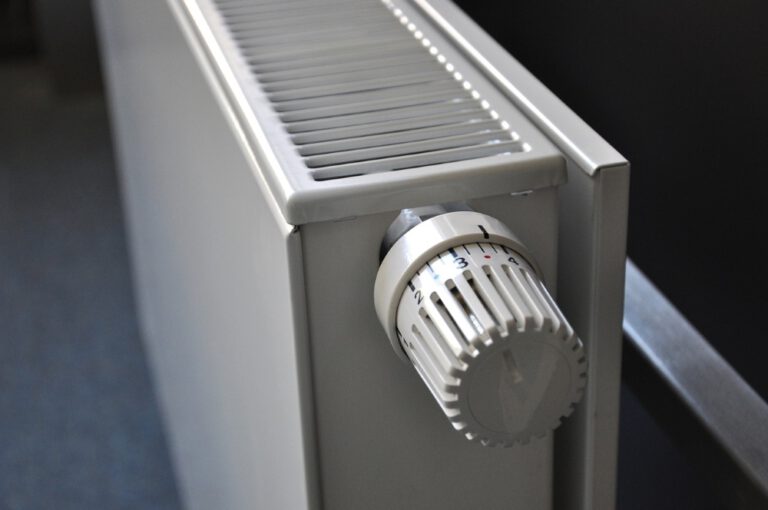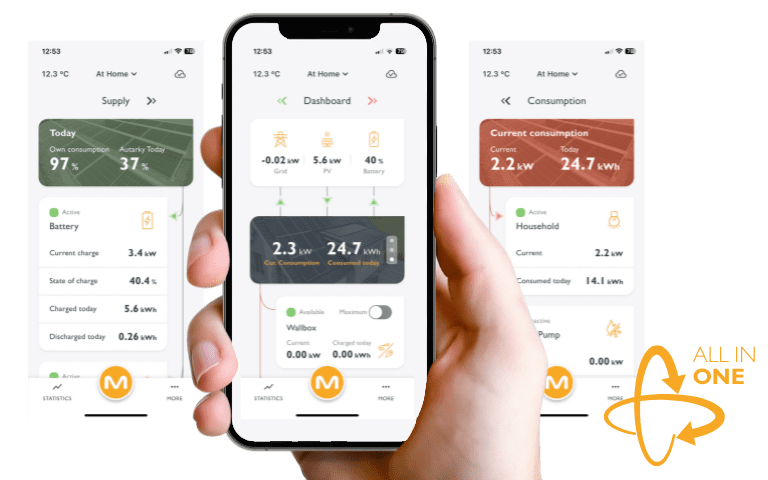Meaning of the digits on your thermostatic head

Adjusting the thermostat saves money
With the thumb you can say that the number 3, that is about 20°C, is the ideal setting for the living room. In the bedroom, on the other hand, it may be cooler: Mostly 16 -18°C room temperature (number 2).
The exact setting pays off – in lower heating costs and emissions. Because with every degree less than 20°C, we save six percent of the heating energy for a room.
Incidentally, it is a common misconception to believe that a radiator will heat up faster if you turn the thermostat wide. He knows only “open” or “closed”. It allows hot water to flow through the radiator just as long as the set temperature is reached.
You do not know what the number 3 on your thermostatic head means? Then read this.
It is a common misconception that a radiator heats up faster when the thermostat is turned up far.
In most apartments they are now standard: thermostats. They should regulate the room temperature without us having to constantly readjust. And that individually for every room. But what exactly do the numbers on the knob mean?
For most thermostats, the number 3 means a room temperature of about 20°C. And the graduations stand for one degree each. The 2 thus corresponds to about 16°C, the 4 about 24°C.
Now you may be wondering: And why do not they write that down?
Quite simply: the manufacturers have agreed to give figures instead of concrete temperatures, because the actually reached temperature in a room can also be lower or higher than the set value.
For example, if the radiator is in a niche and there is still a window sill above the thermostat. Then the heat builds up in the niche and signals the valve: “shut up!” – although the room is still cool.




